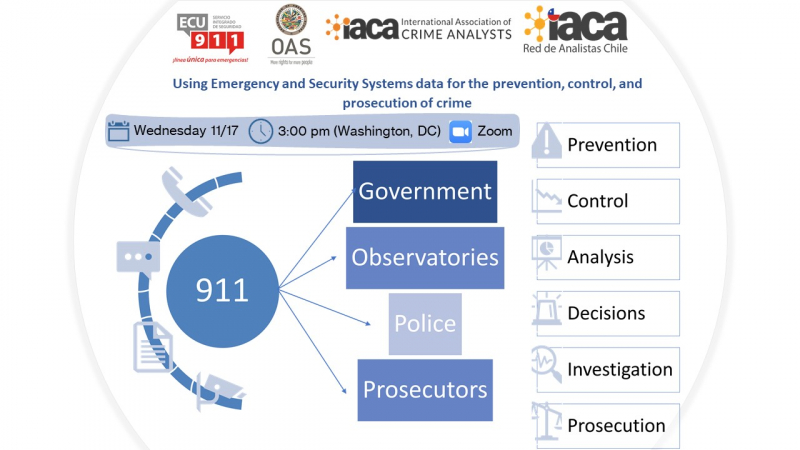
Lately, emphasis has been placed on the need of quality data and evidence-based public security interventions. However, there are a series of obstacles that challenge this new paradigm in the field of public security. In regard to the data, there are at least three sources of information used, depending on the country and its criminal justice institutional engineering: police reports, investigation files and victimization surveys.
With respect to the first two, the main difficulty lies in low reporting levels (underreporting). B
Regarding the victimization surveys, at least two limiting factors: cost and the fact that they provide a snapshot of the current situation with no information to know the how, where, when or why crimes ocur.
In reference to the evidence, the culture of monitoring and evaluation among those responsible for designing and implementing crime prevention and reduction interventions is still weak. Furthemore, not enough resources are allocated to develop monitoring and evaluation tools.
In this scenario, emergency calls, requests and reports, particularly when it comes to situations where alleged crimes or acts of violence that put people’s lives and property at risk have been committed, as well as images captured by camera systems operated form the Emergency and Security Systems, emerge as a complementary source of information.
Within this context, the data and information captured by the Emergency and Security Systems can be used and integrated to try to estimate the reality of crime and victimization, suppport interventions for crime prevention and control, and provide input and evidence for the criminal investigation and prosecution.
Given this potential, this Discussion is focused on presenting experiences regarding the use of data and information generated by the Emergency and Security Systems to feed into, complement and enhance at least four types of processes:
- Decision-making processes at the police level, whether on a strategic, tactical or operational level
- Public Security Policy related processes, either for crime prevention or reduction
- Intelligence processes
- Criminal prosecution processes
The event will feature four presentations:

Webcast available:
- Original: https://www.youtube.com/channel/UCzwKN6cwqgDOsWbm4LAjIFg/live
- Facebook: https://www.facebook.com/OEAoficial/live/
You may access the event's materials here.
